Inside the World’s Only Chile Pepper Research Institute
The center has spread spicy knowledge for decades.
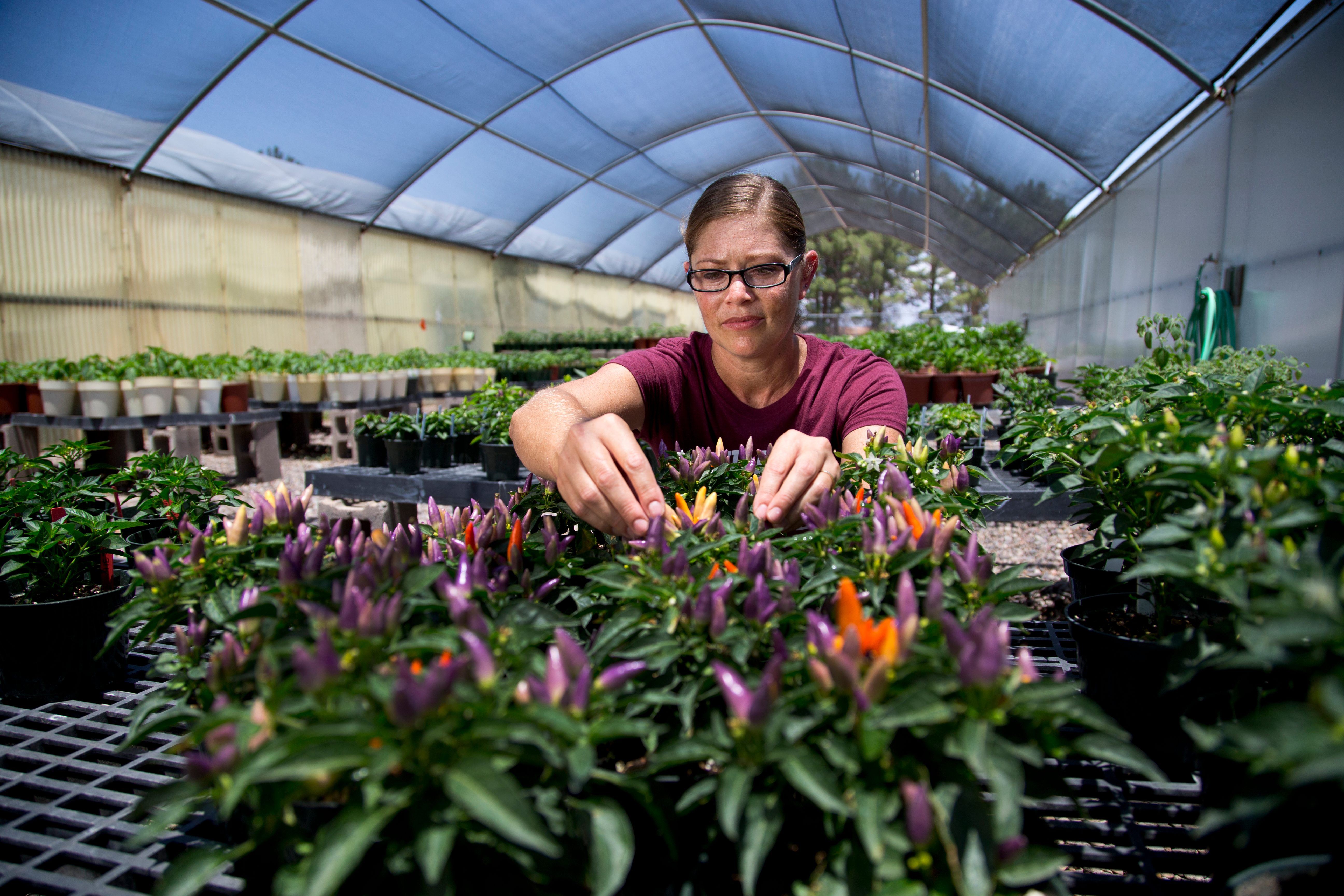
It’s hard to imagine New Mexico without its peppers, which in the region retain the Spanish spelling of chile. The long pods, whether green or red, are a tasty part of local life, where they’re essential ingredients, an artistic motif, and a $500 million annual industry. If farmers or pepper-lovers in the state (and beyond) have any questions about their colorful crop, there’s only one place to go: the Chile Pepper Institute at New Mexico State University, the only research institution in the world solely dedicated to chiles.
It’s been around for a while. Last year, the Chile Pepper Institute celebrated its 25th anniversary. Consisting of a visitor’s center, a shop for chile seeds and products, and a teaching garden bursting with offbeat pepper varieties, the Institute features the work of the 25 NMSU faculty who research and develop new chile varieties. It’s work that goes back to New Mexico State University’s earliest days, says Dr. Paul Bosland, a plant breeder and founder of the Institute. In fact, the center’s roots go back to the school’s first horticulturist, whose influence on spicy, pepper-bearing foods and products was seminal. “There was no New Mexican chile pepper prior to Fabian Garcia,” Bosland says.

Bosland considers Fabian Garcia the father of Mexican-American food for his work with chiles. But the man’s own background was humble. Born in Chihuahua, Mexico, in 1871, he was orphaned soon afterwards. His grandmother took young Garcia across the border, where they settled in New Mexico. When his grandmother became housekeeper to an orchardist, Garcia started his horticultural education. After graduating in the first class of what is today’s New Mexico State University, he became the institution’s first horticulturist, responsible for developing crops for New Mexican farmers.
His influence was wide reaching, Bosland says, and forms the basis of NMSU’s current chile dominance. Seeing the rich but small-scale local chile culture, he embarked on a mission of “chile improvement” to spread the vegetable across the county. He wanted a more uniform, shippable pepper. According to Bosland, Garcia also strove to make New Mexican peppers less spicy for non-Hispanic tastes. His New Mexico No.9 pepper, which he released in 1921, laid the foundation for the canned chile and hot sauce industry, while making delectable dishes such as chiles rellenos widely available. Yet Garcia worked with everything from fruit trees to pecans, and even introduced sweet onions, the basis for today’s Vidalia variety, to America from Spain.
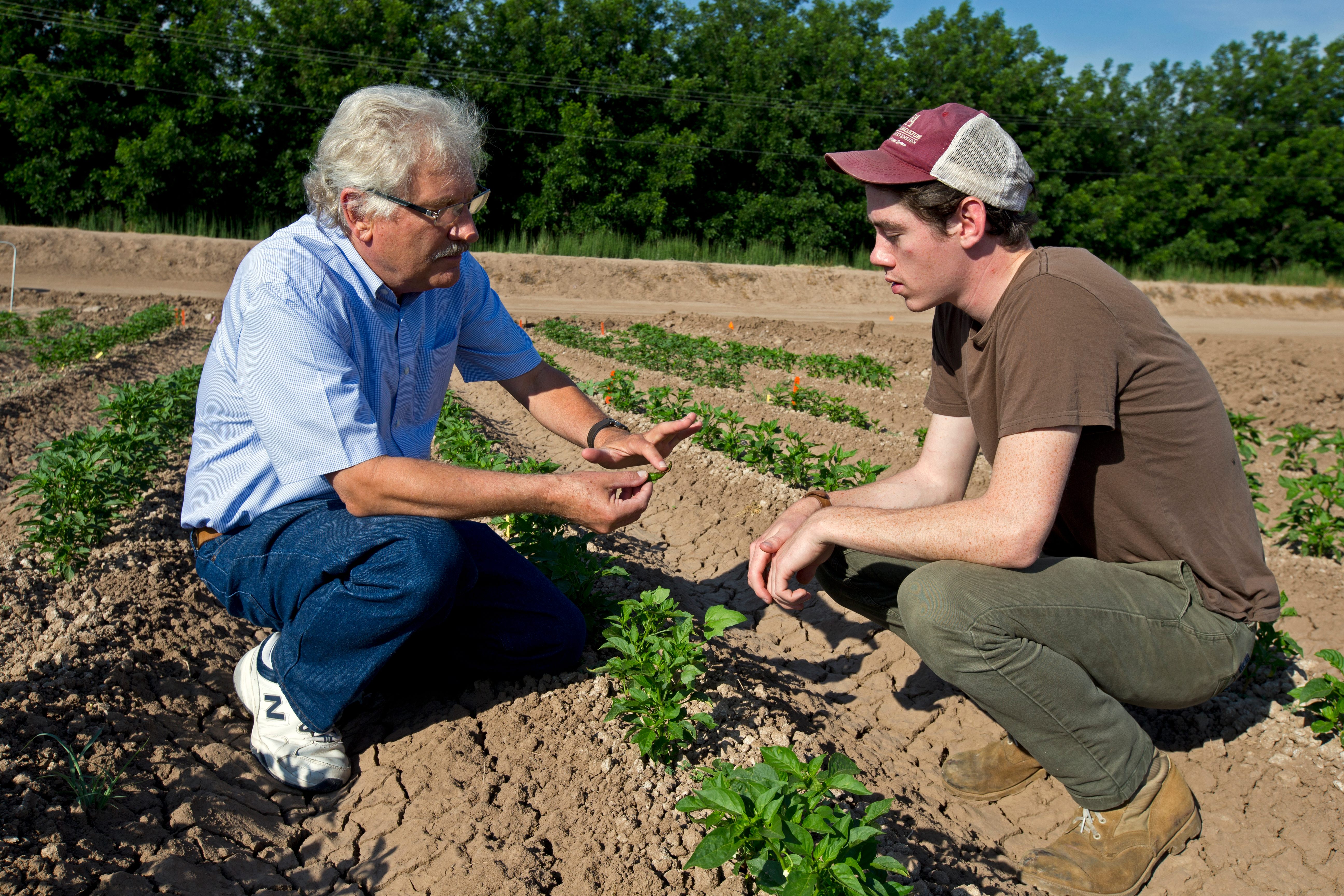
Bosland is his thrice-removed successor. He’s the university’s fourth designated pepper breeder, and he founded the Institute 25 years ago, in part to carry on NMSU’s long chile history. Another goal was to sell NMSU’s chile seeds and products, which, in the days before the internet, required a physical storefront. Starting the Institute wasn’t easy. Originally, it operated out of a closet, Bosland recalls. There weren’t a lot of models, either. “We looked at the Apple Institute in Washington, which promoted apples, and the Tobacco Institute, which in those days promoted safe smoking,” he says with a chortle. Neither was the right model for what Bosland wanted: to become “the center of the universe for chile pepper answers” while supporting the state’s spicy industry.
The pepper world is a little different from Garcia’s day, though. For one thing, people are entranced by furiously hot peppers. In 2007, NMSU announced that Bosland had analyzed a tremendously spicy pepper: the bhut jolokia, from the Assam region of India. It was unexpected. Bosland had been burned (“pun intended,” he says) before by claims that this or that pepper was the world’s hottest. But to his surprise, the bhut jolokia’s heat surpassed a million Scoville units: the hottest ever recorded at the time. The pepper received a Guinness World record for the hottest chile ever discovered, though several peppers have now surpassed it. Bosland himself notes that the pepper is now widely known by its English name, ghost pepper, “because it was so hot you gave up the ghost.” Yet he insists that there’s more to chile taste beyond heat. “Most people think of the heat, the hotness,” Bosland says. “We know there’s more than 300 compounds that give so many different flavors.”
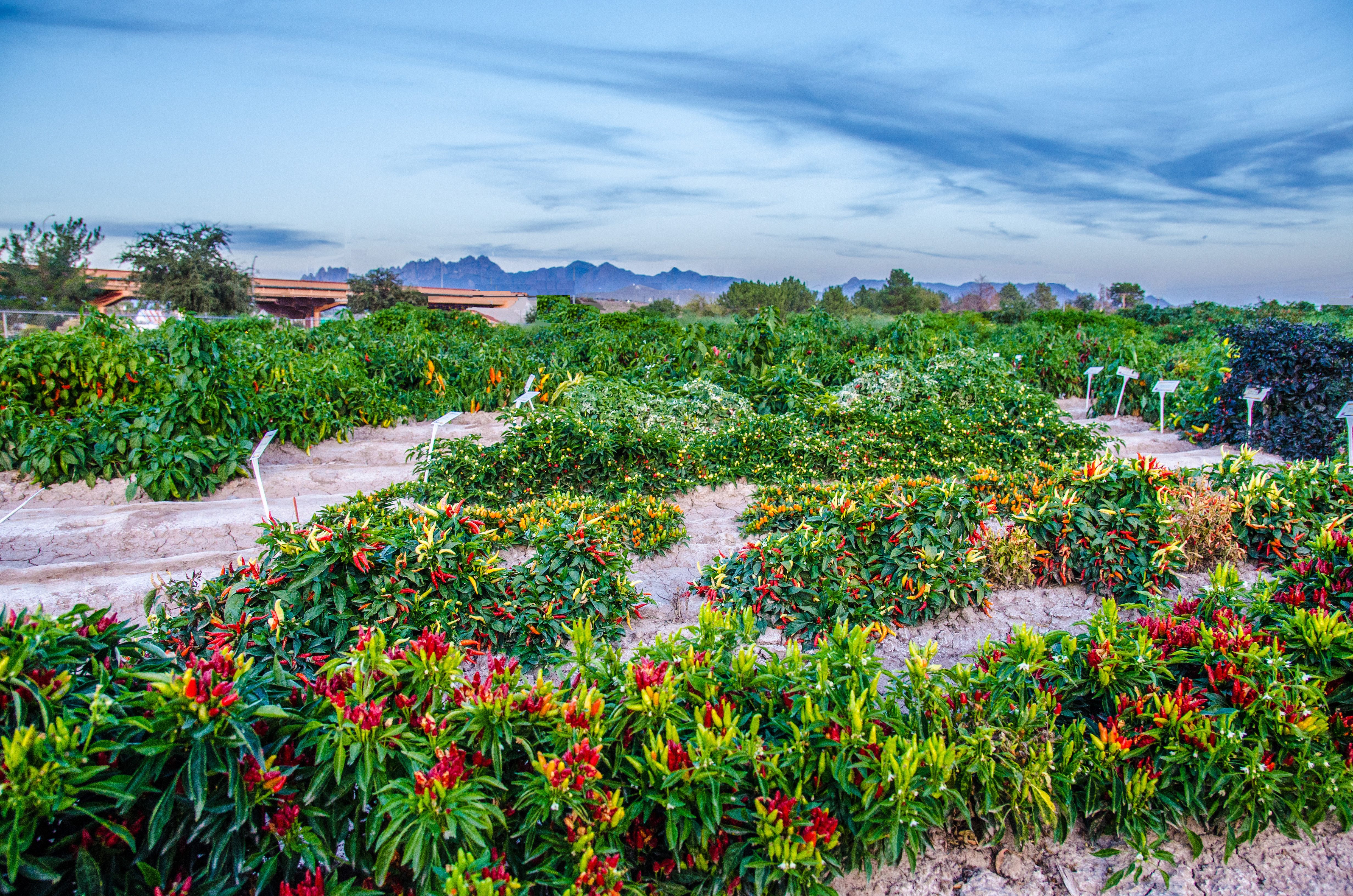
There’s lot of misinformation about peppers, in fact. For one thing, green and red chiles come from the same plant: The red ones are simply riper. For another, a chile’s main spicy kick is not held in the seeds, as many people believe. Instead, it’s typically in the filmy placental tissue, which sometimes rubs off on the seeds, making them spicy.
Another myth Bosland debunks is that vibrant ornamental peppers are poisonous. They’re not, though they aren’t specifically grown to be eaten. NMSU has released many ornamental chile varieties over the years, even in shades of shocking pastel purple. (Bosland says ornamental chile breeding is a fun pastime; plus, it’s good practice for students.) One series of ornamental peppers is named for holidays: an orange-and-black variety called “Halloween,” the jester-colored “April Fool’s,” and even a green-and-brown “Earth Day.” According to Bosland, the names of these NMSU-bred peppers are an elaborate in-joke. Until the 1950s, red-and-green ornamental pepper bushes were given as Christmas gifts. But the popularity of the poinsettia flower displaced Christmas ornamental peppers almost completely. As a tongue-in-cheek revenge, “we took all of the other holidays,” Bosland says. The colors aren’t limited to ornamental peppers, either: Recently, the Institute released lemon-yellow and pumpkin-orange jalapeño varieties (also known as pumpkin spice). Bosland thinks their bright colors will be a boon to growers. “People like to buy with their eyes.”
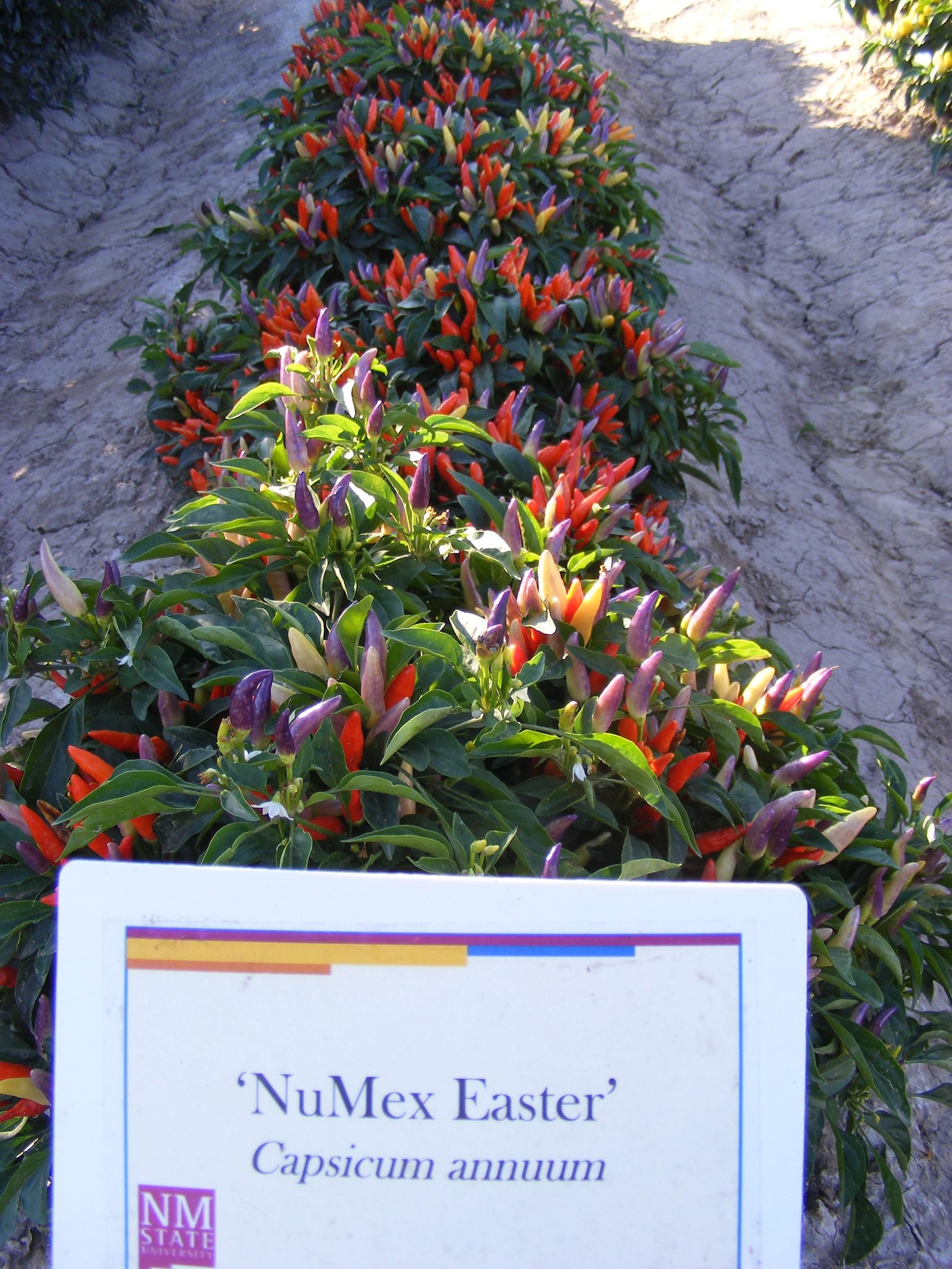
Many of these peppers grow in the Institute’s garden: over 150 varieties from around the world. From July until late fall, pepper bushes are heavily weighed with their colorful bounty. The garden has a yearly theme: This year, yellow chiles are highlighted. Visitors can either take a guided tour or stroll among the peppers themselves. Bosland says that NMSU’s international students are often bowled over when they see peppers from their homeland. A common reaction is “Oh, that’s my chile,” Bosland says. “That attachment to chiles is universal.”
After all, peppers now belong to everyone. Though they originated in the Americas, the Columbian Exchange of New World plants to the rest of the world made chile peppers an essential part of cuisines worldwide. People feel passionately about peppers, Bosland included—he started out breeding “cold vegetables” such as broccoli and cabbage, before realizing that studying chile peppers could be the work of a lifetime. After all, “it’s a vegetable, it’s a spice, it’s a food coloring agent, and it’s an ornamental.” (Though he refuses to name a favorite pepper. “I love all my children,” he says.)
Bosland says he recently spoke with NASA about growing chiles in space—the idea being that chile peppers could provide essential nutrients for astronauts on the long haul to Mars. Having helped peppers conquer the world, the Chile Pepper Institute may soon send them to the stars.
Gastro Obscura covers the world’s most wondrous food and drink.
Sign up for our regular newsletter.




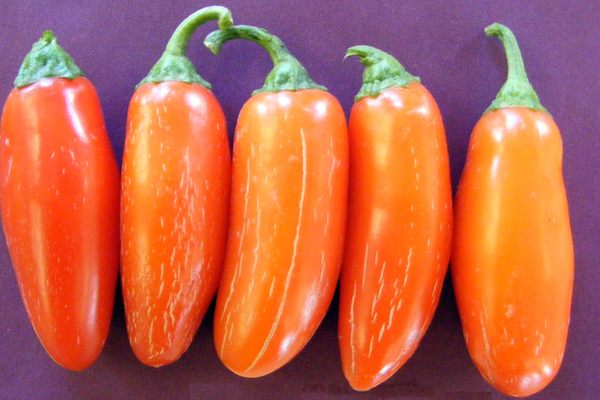
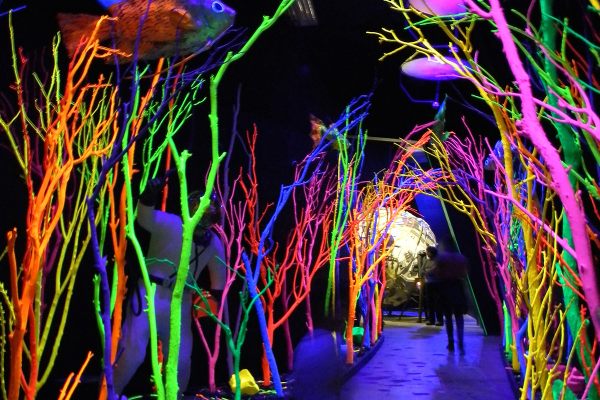

























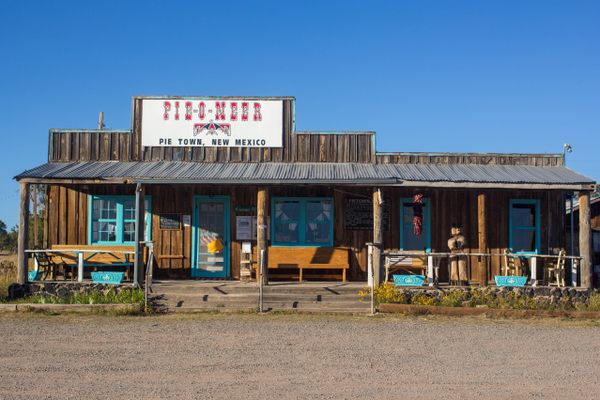

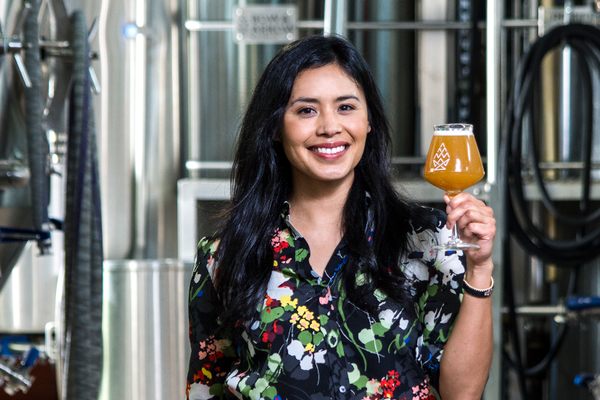



Follow us on Twitter to get the latest on the world's hidden wonders.
Like us on Facebook to get the latest on the world's hidden wonders.
Follow us on Twitter Like us on Facebook